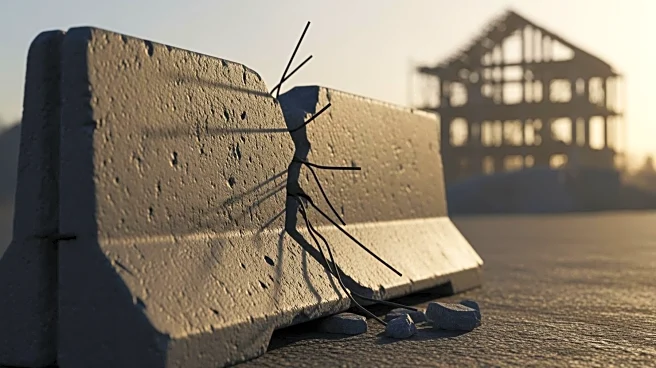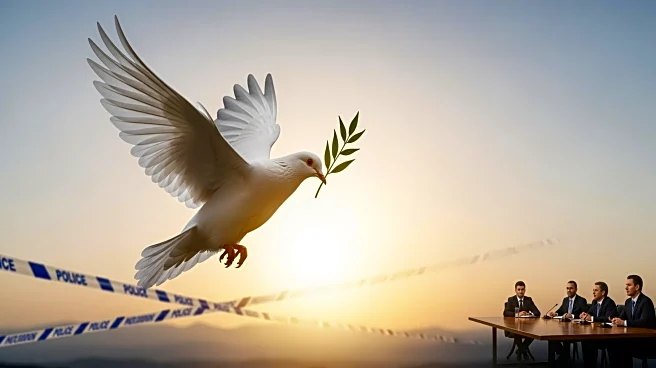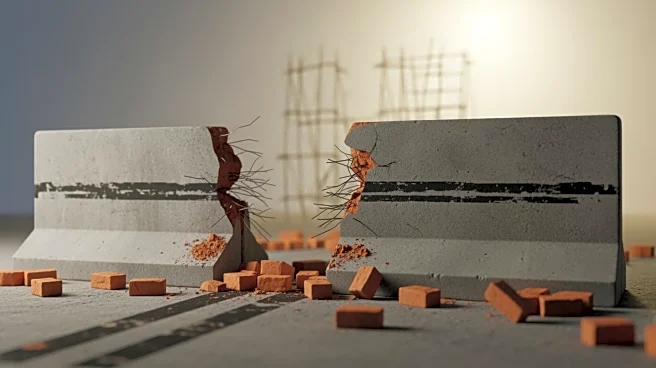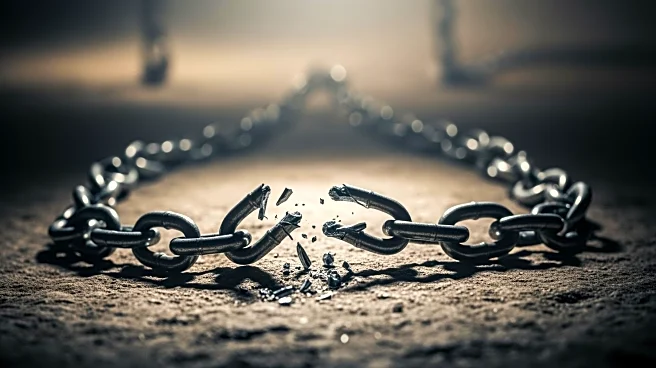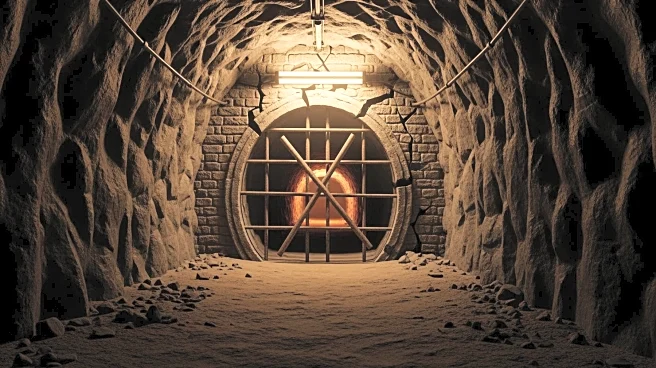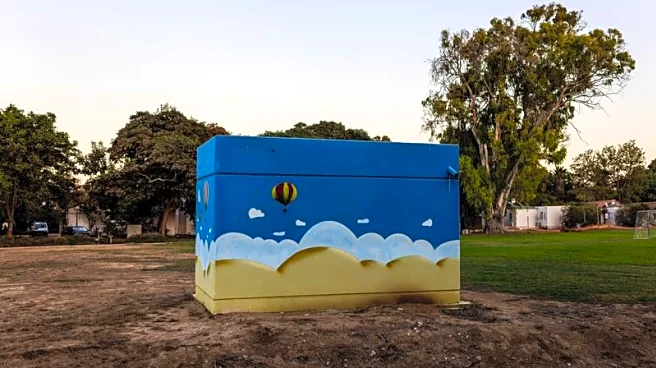What's Happening?
The Israeli Defense Forces (IDF) are facing challenges along the ceasefire lines with Hamas in Gaza. Despite a truce brokered by President Trump, the IDF is concerned about being stuck along these lines as Hamas rebuilds
its infrastructure. The ceasefire agreement requires Israel to transfer significant humanitarian aid into Gaza, including 600 trucks of fuel, gas, and food daily. However, military officials have recommended slowing these deliveries due to incidents where soldiers were killed. President Trump has refused to authorize changes to the aid delivery despite requests from Prime Minister Benjamin Netanyahu. The agreement's Phase B is expected to include funding for reconstruction projects in Gaza, but there are concerns that a freeze would allow Hamas to rebuild and rearm, potentially seizing much of the humanitarian aid. Security officials have noted that the aid distribution network, jointly managed by Israel and the United States, has largely stopped functioning, with Hamas controlling more than half of the Gaza Strip.
Why It's Important?
The situation in Gaza has significant implications for regional stability and international relations. The IDF's concerns highlight the complexities of maintaining a ceasefire while preventing Hamas from strengthening its position. The humanitarian aid is crucial for the residents of Gaza, many of whom are without homes, but there is a risk that Hamas could exploit the aid for its own purposes. The ongoing control of Hamas over the Gaza Strip poses challenges for Israel and its allies, including the United States, in achieving a lasting peace and security in the region. The potential for a prolonged stalemate could impact political dynamics within Israel, with some figures advocating for the reestablishment of Israeli settlements in Gaza, reversing the 2005 disengagement.
What's Next?
The next steps involve the implementation of Phase B of the ceasefire agreement, which includes funding for reconstruction projects in Gaza. The IDF is working to uncover and destroy tunnels and underground terror bases before completing a full withdrawal under the agreement. There is also a plan to create an international force to replace Hamas rule in Gaza, alongside an alternative Palestinian administration described as a 'technocratic government.' However, gaps in the U.S.-Israeli framework could delay these efforts. The IDF continues to face daily threats from Hamas, including explosives planted near tunnel shafts and routes under Israeli control.
Beyond the Headlines
The situation in Gaza raises ethical and legal questions about the balance between humanitarian aid and security concerns. The IDF's operations to retrieve hostages' bodies and destroy tunnels highlight the ongoing conflict's human cost. The potential reestablishment of Israeli settlements in Gaza could have long-term implications for Israeli-Palestinian relations and the broader Middle East peace process. The role of international actors, including the United States, in managing the ceasefire and reconstruction efforts will be crucial in shaping the future of Gaza.
